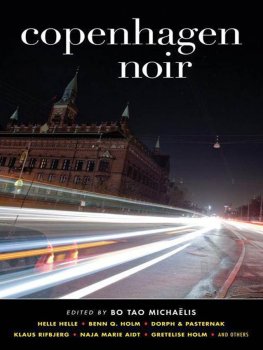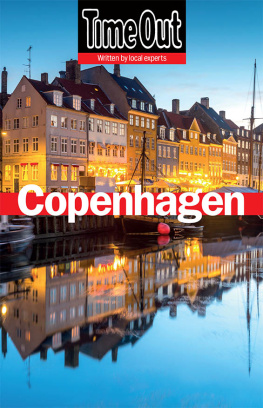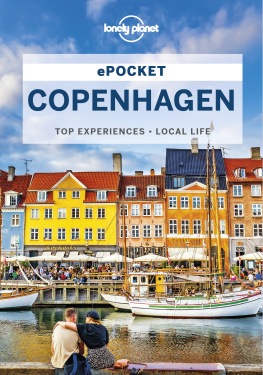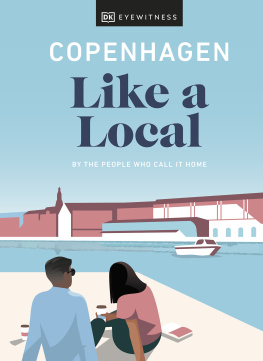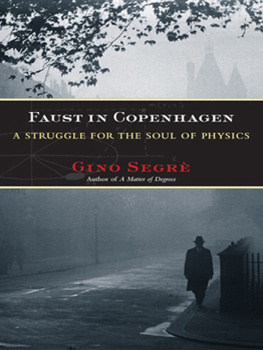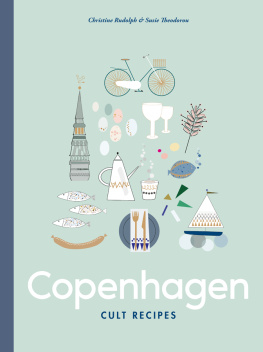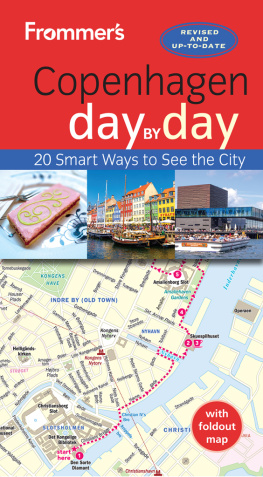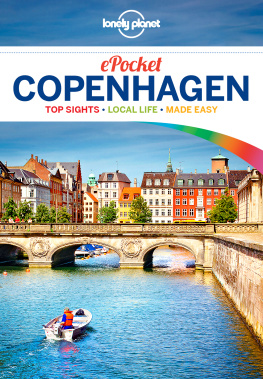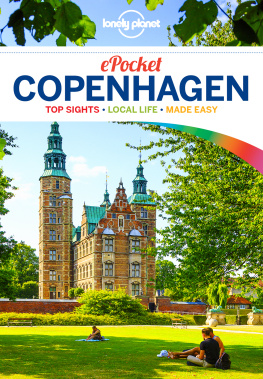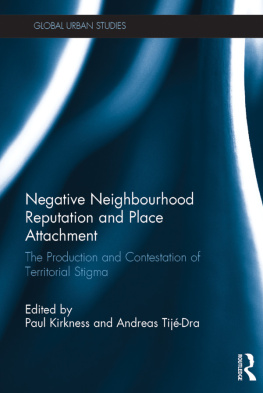The Making of Place and People in the Danish Metropolis
This book investigates the sociohistorical making of place and people in Copenhagen from around 1900 to the present day. Drawing inspiration from Pierre Bourdieus sociology of social space and symbolic power and from Loc Wacquants hypothesis of advanced marginality and territorial stigmatisation, the book explores the genesis and development of the notorious neighbourhood of Copenhagen North West. As an extraordinary place, the North West provides an illustrative case of Danish welfare and urban history that questions the epitome on inclusive Copenhagen. Through detailed empirical analysis, the book spotlights three angles and entanglements of the social history of this area of Copenhagen: the production of socio-spatial constructions and authoritative categorisations of the neighbourhood, especially by the state and the media; the local social pedagogical interventions and symbolic boundary drawings by welfare agencies in the neighbourhood; and the residents subjective experiences of place, social divisions, and (dis)honour. In this way, The Making of Place and People in the Danish Metropolis analyses how social, symbolical, and spatial structures dynamically intertwine and contribute to the fashioning of divisions of inequality and marginality in the city over the course of some 125 years. It will appeal to scholars of sociology, urban studies, and urban history, with interests in social welfare.
Christian Sandbjerg Hansen is Associate Professor, Sociology of Education at the Danish School of Education, Aarhus University, Denmark.
Routledge Studies in Urban Sociology
This series presents the latest research in urban sociology, welcoming both theoretical and empirical studies that focus on issues including urban conflict, politics and protest, social exclusion and social inclusion, urban regeneration and social class, and the ways in which these affect the social, economic, political, and cultural landscape of urban areas.
Titles in this series :
The Making of Place and People in the Danish Metropolis
A Sociohistory of Copenhagen North West
Christian Sandbjerg Hansen
Deindustrialization and Casinos
A Winning Hand?
Alissa Mazar
Urban Regeneration and Neoliberalism
The New Liverpool Home
Clare Kinsella
For more information about this series, please visit: www.routledge.com/sociology/series/RSUS
First published 2021
by Routledge
2 Park Square, Milton Park, Abingdon, Oxon OX14 4RN
and by Routledge
52 Vanderbilt Avenue, New York, NY 10017
Routledge is an imprint of the Taylor & Francis Group, an informa business
2021 Christian Sandbjerg Hansen
The right of Christian Sandbjerg Hansen to be identified as author of this work has been asserted by him in accordance with sections 77 and 78 of the Copyright, Designs and Patents Act 1988.
All rights reserved. No part of this book may be reprinted or reproduced or utilised in any form or by any electronic, mechanical, or other means, now known or hereafter invented, including photocopying and recording, or in any information storage or retrieval system, without permission in writing from the publishers.
Trademark notice: Product or corporate names may be trademarks or registered trademarks, and are used only for identification and explanation without intent to infringe.
British Library Cataloguing-in-Publication Data
A catalogue record for this book is available from the British Library
Library of Congress Cataloging-in-Publication Data
Names: Sandbjerg Hansen, Christian, 1976 author.
Title: The making of place and people in the Danish metropolis : a
sociohistory of Copenhagen north west / Christian Sandbjerg Hansen.
Description: Milton Park, Abingdon, Oxon ; New York, NY : Routledge,
2021. | Includes bibliographical references and index.
Identifiers: LCCN 2020047518 (print) | LCCN 2020047519 (ebook) |
ISBN 9780367535056 (hardback) | ISBN 9781003082286 (ebook)
Subjects: LCSH: Copenhagen (Denmark)Social conditions
20th century. | SpaceSocial aspectsDenmarkCopenhagen
History20th century.
Classification: LCC HN550.C6 S36 2021 (print) | LCC HN550.C6
(ebook) | DDC 306.09489/13dc23
LC record available at https://lccn.loc.gov/2020047518
LC ebook record available at https://lccn.loc.gov/2020047519
ISBN: 978-0-367-53505-6 (hbk)
ISBN: 978-1-003-08228-6 (ebk)
Typeset in Times New Roman
by Apex CoVantage, LLC
Contents
PART 1
Constructing the North West
1 Making a working-class neighbourhood
2 The stigmatised territory: the worst place in the country
3 Between ghetto and gentrification
4 The social power of classifications
PART 2
Pedagogisation of urban marginality
5 Institutionalisation and spatialisation of pedagogy
6 Symbolic boundaries of the welfare state
7 Spatial (de)alienation and (de)stigmatisation
PART 3
Lived experiences
8 Memories of Utterslev Mark
9 Contemporary distinctions
10 Coping with territorial stigmatisation
11 Everyday struggles and battles of belonging
Conclusion: the intricate history of place and people
- Part 1 Constructing the North West
- 1 Making a working-class neighbourhood
- 2 The stigmatised territory: the worst place in the country
- 3 Between ghetto and gentrification
- 4 The social power of classifications
- Part 2 Pedagogisation of urban marginality
- 5 Institutionalisation and spatialisation of pedagogy
- 6 Symbolic boundaries of the welfare state
- 7 Spatial (de)alienation and (de)stigmatisation
- Part 3 Lived experiences
- 8 Memories of Utterslev Mark
- 9 Contemporary distinctions
- 10 Coping with territorial stigmatisation
- 11 Everyday struggles and battles of belonging
- Conclusion: the intricate history of place and people
Guide
I thought I knew the North West well. In the 1990s, at the time when news media and politicians proclaimed the North West to be the worst neighbourhood in Denmark, I frequently visited my good friends there. I had a girlfriend, who lived there, and I worked a traditional hot dog cart there. Born and raised in Copenhagen, I was confident that this was the place to study urban marginality from the ground up. However, as I re-entered in 2014, something had changed. It was not the physical and social landscape, I remembered. New boutiques made their mark, the hot dog carts were now competing with shawarma joints, the old clientele was not so dominant, and new fashionable companies, restaurants, and apartments had appeared. It seemed like a battlefield in which I recognised the conflicts apparent in the transforming Copenhagen: the conflicts of social, spatial, and symbolic inequalities. Instead of an ethnography of urban marginality, I came to study the sociohistory of how classification struggles, welfare work, and lived experiences contribute to the making of place and people in the Danish metropolis.
Preparing the research, Eva Bertelsen, Trine land, and Ning de Coninck-Smith provided inspirations and counsel, which no doubt improved my sketches. I am also grateful to the Danish Council for Independent Research for believing in the project and for granting me the opportunity to carry it out as a postdoctoral scholar (DFF grant number 418000281). I also want to thank Aarhus University Research Foundation for supporting the book.


